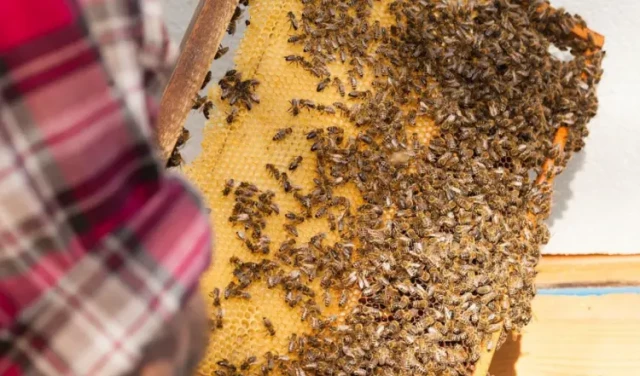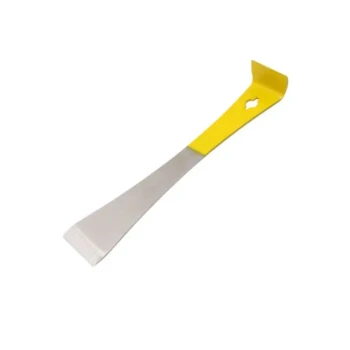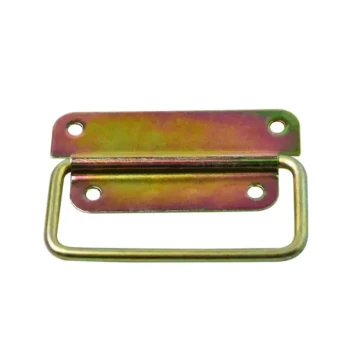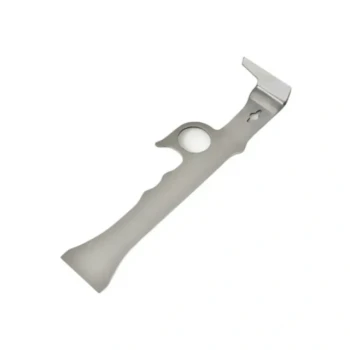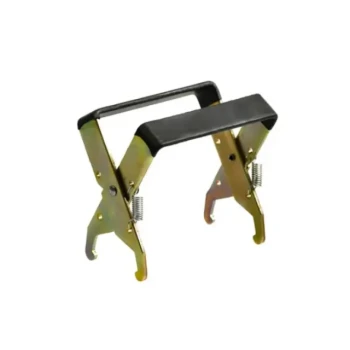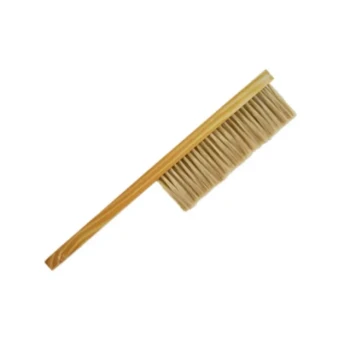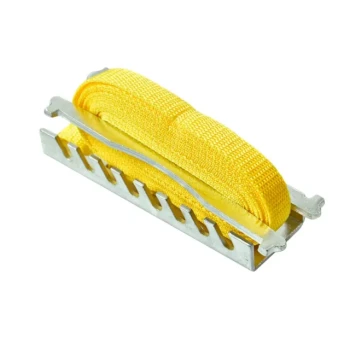Choosing the right foundation material is a critical decision that impacts hive productivity, bee health, and long-term costs. Whether you're a hobbyist or commercial beekeeper, understanding the trade-offs between plastic and wax foundations can help optimize your apiary’s success.
Choosing Between Plastic and Wax Foundations
Durability and Long-Term Costs
Plastic foundations are more durable and can last several seasons with proper care, reducing replacement frequency. Wax foundations, while natural, degrade faster and may require yearly replacement—especially in high-humidity environments where mold can develop.
- Plastic: Higher upfront cost but lower lifetime expenses due to longevity.
- Wax: Lower initial investment but higher recurring costs from replacements.
For commercial beekeepers managing hundreds of hives, plastic may offer better cost efficiency. Hobbyists prioritizing bee acceptance and sustainability might prefer wax.
Impact on Bee Behavior and Colony Health
Bees exhibit distinct behaviors depending on foundation material:
-
Wax Foundations:
- Naturally attract bees due to their familiar scent and texture.
- Encourage faster comb construction, reducing the time needed for colony establishment.
- Support better hive communication through vibrations, which may improve colony cohesion.
-
Plastic Foundations:
- Some colonies initially resist plastic, requiring a light wax coating for acceptance.
- May alter propolis deposition patterns, potentially affecting hive hygiene.
Research suggests that beeswax foundations support healthier colonies, as they align with bees' natural instincts. However, well-coated plastic foundations can still be effective with proper management.
Scalability for Commercial vs. Hobbyist Beekeeping
- Commercial Beekeepers: Benefit from plastic’s durability and reduced labor costs.
- Hobbyists: Often prefer wax for its ease of use and bee-friendly properties.
Optimizing Foundation Selection
Seasonal and Environmental Considerations
- Cold Climates: Wax foundations may crack in freezing temperatures, while plastic remains stable.
- High Humidity: Wax is prone to mold; plastic resists moisture damage.
- Varroa Mite Control: Wire-reinforced foundations (common in plastic) help reduce mite infestations by allowing mites to fall through the mesh, preventing re-infestation.
Case Studies: Honey Yield Comparisons
While exact yields vary by region and management practices, beekeepers report:
- Wax Foundations: Slightly higher honey production in the first year due to faster colony acceptance.
- Plastic Foundations: More consistent yields over multiple seasons due to durability.
Final Recommendation: Which Should You Choose?
- For Maximum Bee Acceptance & Sustainability → Wax Foundations
- For Durability & Cost Efficiency → Plastic Foundations
HONESTBEE provides high-quality beekeeping supplies, including both wax and plastic foundations, tailored for commercial apiaries and distributors. Whether you prioritize bee health or operational efficiency, our wholesale-focused solutions ensure you get the best materials for your needs.
Ready to optimize your hive productivity? Explore HONESTBEE’s beekeeping supplies today and make an informed choice for your apiary.
Related Products
- Beeswax Foundation Sheets Beehive Foundation for Wholesale
- Food Grade Plastic bee Foundation for Bee Frames
- Notebook Style Beeswax Foundation Mould Wax Foundation Mold
- HONESTBEE Professional Long Handled Hive Tool with Precision Cutting Blade
- Durable Galvanized Steel Frame Grip
Related Articles
- Beeswax vs. Plastic Foundations: A Practical Guide for Beekeepers
- How to Choose Beehive Frames: Balancing Bee Health, Honey Yield, and Beekeeper Convenience
- How Plastic Foundation Boosts Beekeeping Efficiency: Cost, Durability & Pest Control
- How Beekeepers Can Choose the Right Comb Reinforcement for Hive Health and Durability
- Plastic vs. Beeswax Foundations: What Beekeepers Need to Know for Sustainable Hives
